Nijo Castle stands out among the attractions in Kyoto simply because it is a castle, not another temple, complete with a moat! It was originally built in 1603 as the official residence of the first Tokugawa Shogun, Ieyasu but only completed by the third Tokugawa Shogun, Iemitsu in 1626. Nijo-jo is one of the finest examples of early Edo period and Momoyama culture in Japan. Only after Yoshinobu, the fifteenth Tokugawa Shogun returned sovereignty to the Emperor, did it become property of the Imperial family and later donated to the City of Kyoto. (P.S. I have taken this from the Nijo Palace brochure. Haha.)
The thing I remember most fondly about the Castle is the squeaky floor, called the Nightingale Floor, so that assassins or ninjas cannot escape detection.
Also interestingly, there are over 3000 paintings in the Ninomaru Palace. Among these, 954 were designated as Important Cultural Properties in 1982. There is an ongoing project to reproduce these paintings since 1972. The main features of Nijo Castle are: the Ninomaru Palace, Ninomaru Garden, Honmaru Palace (closed) and the Seiryu-en Garden.
From the inscription:Nijo Castle was built by the Tokugawa shogunate in 1603 for the defense of the Kyoto Imperial Palace and to serve as an official residence for the visiting shoguns. It was greatly expanded and renovated in 1626. The present Ninomaru Palace, in the Ninomaru or secondary enclosure, essentially dates from that period. The former Katsura-no-miya Palace, built in 1847, was removed from its original site and rebuilt in Nijo Castle's Honmaru or main enclosure.The Ninomaru Palace is an excellent example of the buke shoin-zukuri of residential architecture. Its principal buildings, known as the Tozamurai, the Kuruma-yose, the Shikidai, the Ohiroma, the Sotetsu-to-ma, the Kuro Shoin, and the Shiro Shoin, are laid out in a diagonal configuration along the pond in the Ninomaru Garden. Each room inside these structures is distinguished by its own unique features, such as the height of its floor, the form of its ceiling, the details of its design, and so forth; and the rooms are magnificently adorned, each according to its intended use, with exquisitely painted walls and doors and with carved transoms, ornamental metalwork, nail-head coverings and so forth.To the west of the palace, overlooked by the Ohiroma, is the Ninomaru Garden, composed in the kaiyu or "circuit" style garden. With striking arrangements on the banks of its ponds, with three islands in the pond itself, and with a three-tiered waterfall beyond, this garden's dynamism of design accords well with the grandeur of the palace buildings.
All castles must have moats.
Quite visitor-friendly Castle, though I think limited photography is allowed which explains the incompleteness of this post. DO visit it then!
More pictures are available on my Flickr (simply click any photo).
Cost: 200 to 600 yen
Access: 541, Nijojo-cho, Nijo-dori Horikawa Nishi iru, Nakagyo-ku, Kyoto 604-8301
Related Posts:
Japan Day 6 – Kyoto, Day 1:
- Kyoto via overnight bus
- Arrive at Kyoto Station, raid Tourist Centre again
- Kyoto Palace Tour
- Ryoanji Temple
- Rokuonji Temple(Golden Pavilion Temple)
- Nijo Castle

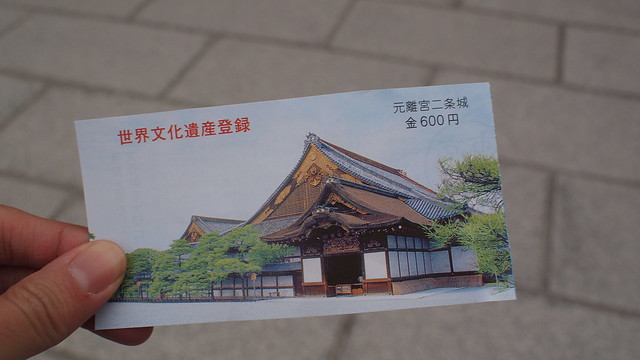

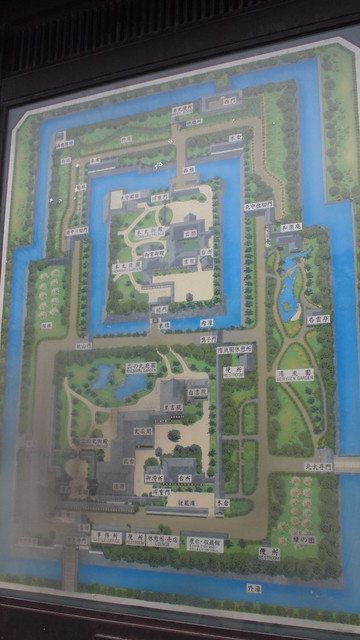

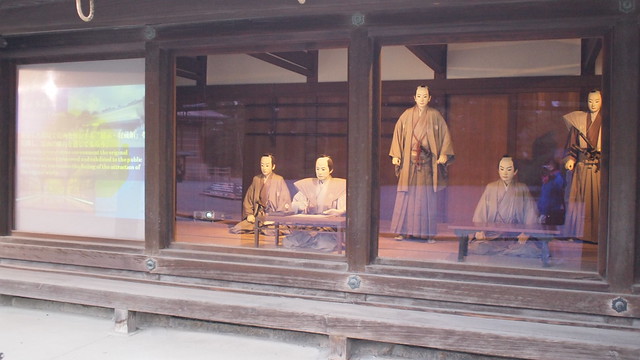

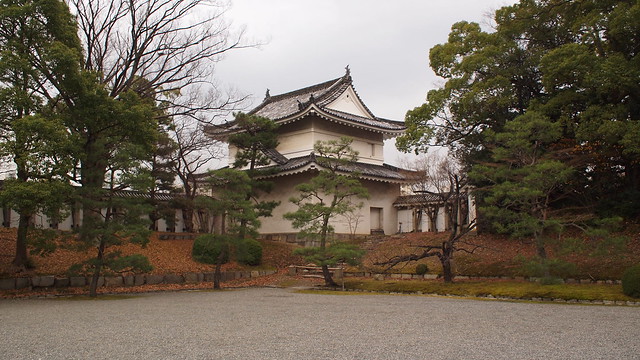
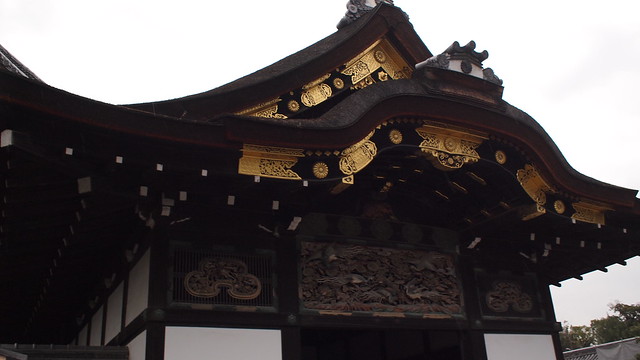
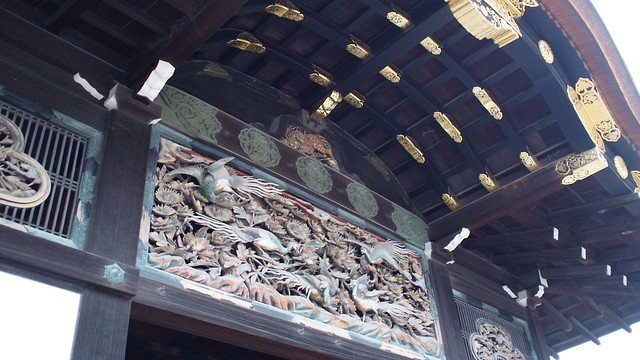
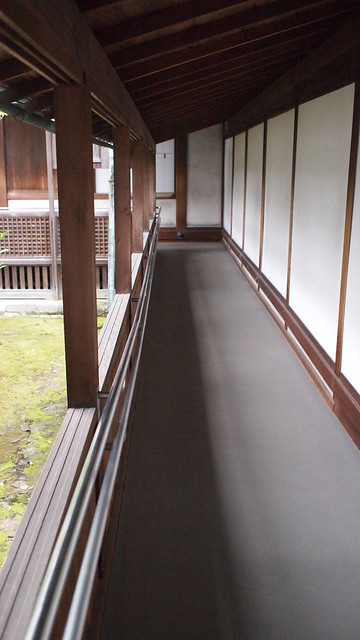
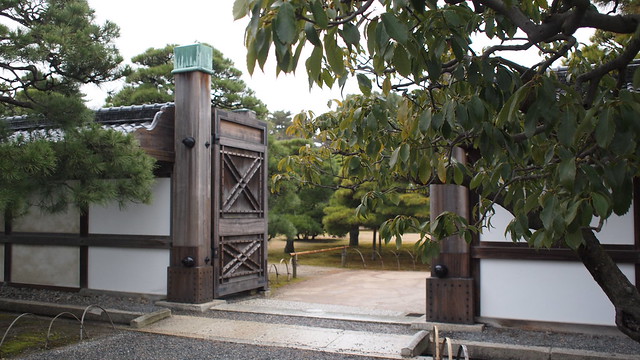
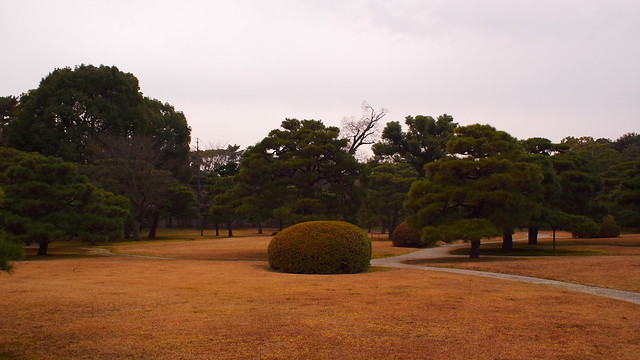
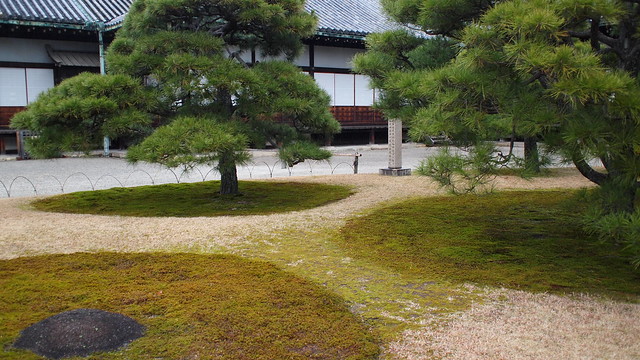



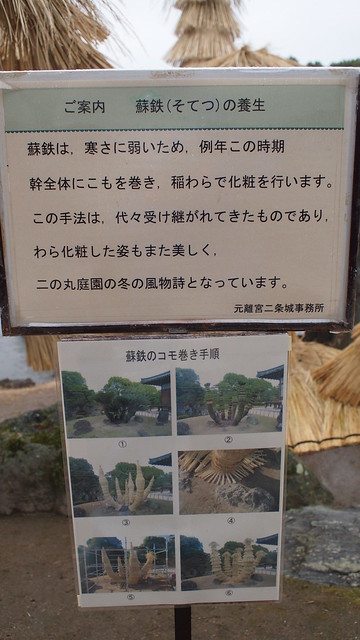


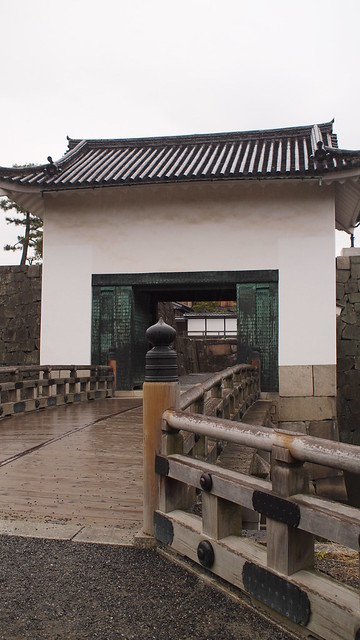
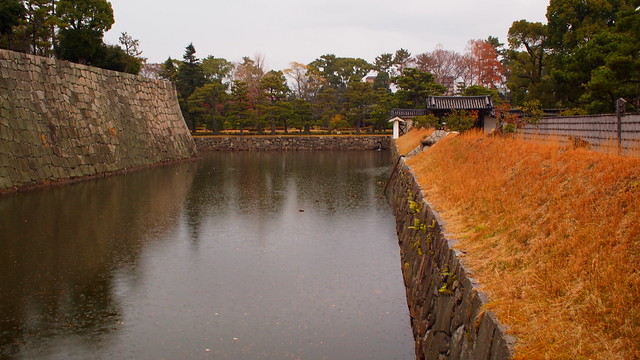

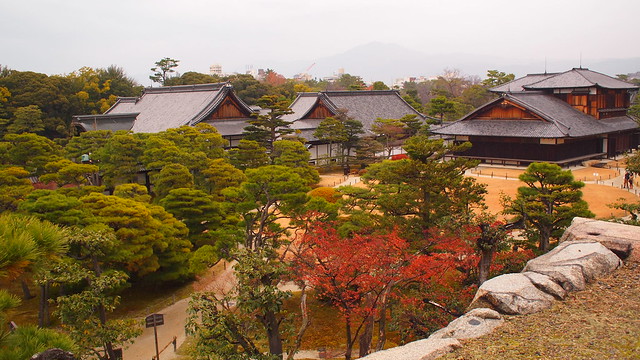




No comments:
Post a Comment